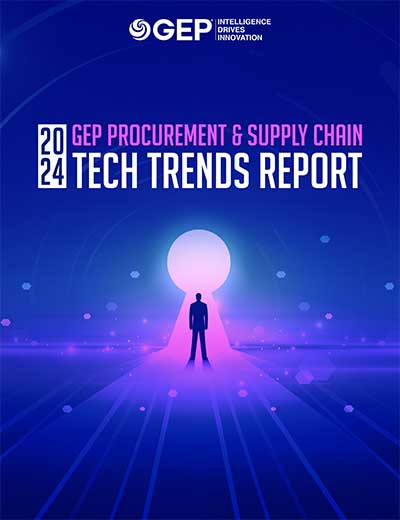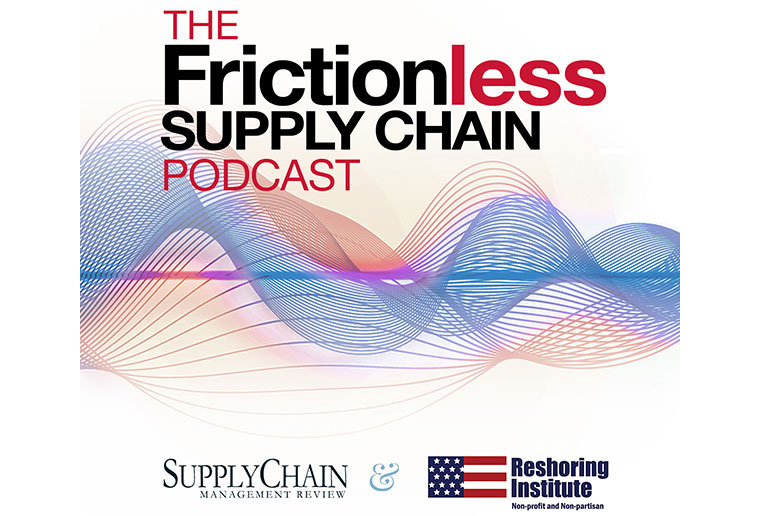The amount of manufacturing being brought back to the United States is once again failing to keep up with offshored volumes, according to the latest Reshoring Index. In fact, imports of manufactured goods from the 14 countries that are typically associated with offshoring grew 8 percent last year—reaching a record-high value of $55 billion and the largest one-year increase since the economic recovery of 2011.
After rising to a five-year high in 2016, A.T. Kearney's fourth-annual Reshoring Index has dropped 27 basis points. The Index, first launched in 2014, provides a simple but powerful indicator by aggregating actual manufacturing and import data. Focusing on goods coming from the 14 largest low-cost country trading partners in Asia, the Index reveals a number of compelling insights about the imports of offshore manufactured goods and the factors that are influencing reshoring.
Growth of imports from the offshoring countries have outpaced growth of US manufacturing gross output in four of the past five years and eight of the past 10 years—showing a clear direction away from reshoring. Since 2013, imports have increased by $118 billion, or 19 percent, while US manufacturing gross output has grown by only $81 billion, or 1 percent. So relatively speaking, the proportion of reshoring has become much smaller.
And the $1.5 trillion tax cut that President Donald Trump signed into law at the end of 2017 is likely to exacerbate this outlook as the combination of an overstimulated economy and a jobless rate that is the lowest it has been in more than a decade will likely result in even more imports when domestic manufacturing can't keep up with growing consumer demand.
China accounted for more than $40 billion of last year's import growth, led by a $22 billion year-over-year increase in electronics imports—a category that many had viewed as a prime candidate for reshoring. In 2015, after more than a decade of high-tech manufacturing leaving the United States for China and other low-cost countries, US domestic manufacturing did indeed increase its share in the sector relative to imports. As a result, electronics imports from China declined by more than $7 billion in 2016. However, that short-lived trend has now reversed. And it's not only reshoring of high-tech goods that bounced back. In the wake of 2016 declines, metals, plastics, and chemicals imports from China all grew at near double-digit rates, according to the latest available official US government numbers.
So why the reshoring struggle? We see three major reasons:
• Labor-intensive manufacturing is still more economical to produce in low-cost countries unless processes can be automated. And even then, reshoring often requires hefty capital investments.
• The growth in imports is not so much from more manufacturing moving offshore as it is from manufacturers shipping more volume to the United States.
• Although US manufacturers have increased automation to try to address labor costs, there is still a shortage of skilled labor to staff manufacturing operations.
The question going forward is how tariffs and political posturing will affect reshoring. President Trump has been clearly signaling he wants to challenge the status quo around US trading—making several major moves and threatening to make many others. However, it will take more than political headlines to affect any meaningful and lasting change.
In the short term, tariffs on imports could change the economic equation for some products. Two main factors will determine the impact: How will companies interpret the longevity of the tariffs? And if the tariffs are in place for the long term, would producers consider other low-cost countries that are not subject to tariffs before coming back to the United States? In the long term, it remains to be seen what the administration will do to incentivize reshoring to a point where it starts to make a real difference. To determine if the United States is the most logical location to move manufacturing, companies will need to weigh the risks and, if imposed, the longevity of tariffs on goods coming from low-cost countries.
A.T. Kearney's study shows that four actions can help companies identify the right forward-thinking strategies:
• Understand the potential scenarios. Have a deep understanding of the trade policy landscape, its stakeholders, the potential actions, timelines, and likely outcomes.
• Take stock of the company's exposure. Assess the level of exposure to various outcomes, identifying key risk areas within the organization, at both a country level and a product family or sourcing category level.
• Develop contingency plans. Build robust responses to any scenario by wargaming through various outcomes and developing options that mitigate risk, guide strategy, and capture emerging opportunities.
• Create a monitoring system. Develop a system to track developments and monitor signposts that indicate which outcomes are becoming more likely and when contingency plans should be enacted.
Of course, the global economy is an oil tanker rather than a speedboat, so it's possible that the political posturing, potential tariffs, and tax cuts could turn the tide over time. But with many unknowns in trade policy, executives must understand all potential futures and develop contingency plans, including reshoring, and base their decisions on facts rather than hype.
Before A.T. Kearney launched the first Reshoring Index, much of the publicized evidence for reshoring was anecdotal, often highlighting a handful of high-profile cases, and the conclusions seemed to reflect wishful thinking or political agendas more than hard facts. Rather than drawing conclusions based on surveys of potential outcomes, the Index has been aggregating actual US manufacturing and import data.
The Reshoring Index has placed A.T. Kearney at the center of the reshoring debate—often presenting a perspective that is contrary to mainstream belief. However, the Index has become a powerful resource because it is grounded in data and macroeconomic metrics, not speculations or opinions. Click here to learn more about the study.
Patrick Van den Bossche is a partner with A.T. Kearney
SC
MR

Latest Supply Chain News
- Humanoid robots’ place in an intralogistics smart robot strategy
- Tips for CIOs to overcome technology talent acquisition troubles
- There is still work to do to achieve supply chain stability
- Blooming success: The vital role of S&OE in nurturing global supply chains
- Supply chain salaries, job satisfaction on the rise
- More News
Latest Resources

 Explore
Explore
Topics
Latest Supply Chain News
- Humanoid robots’ place in an intralogistics smart robot strategy
- Tips for CIOs to overcome technology talent acquisition troubles
- There is still work to do to achieve supply chain stability
- Blooming success: The vital role of S&OE in nurturing global supply chains
- Supply chain salaries, job satisfaction on the rise
- How one small part held up shipments of thousands of autos
- More latest news
Latest Resources

Subscribe

Supply Chain Management Review delivers the best industry content.

Editors’ Picks





